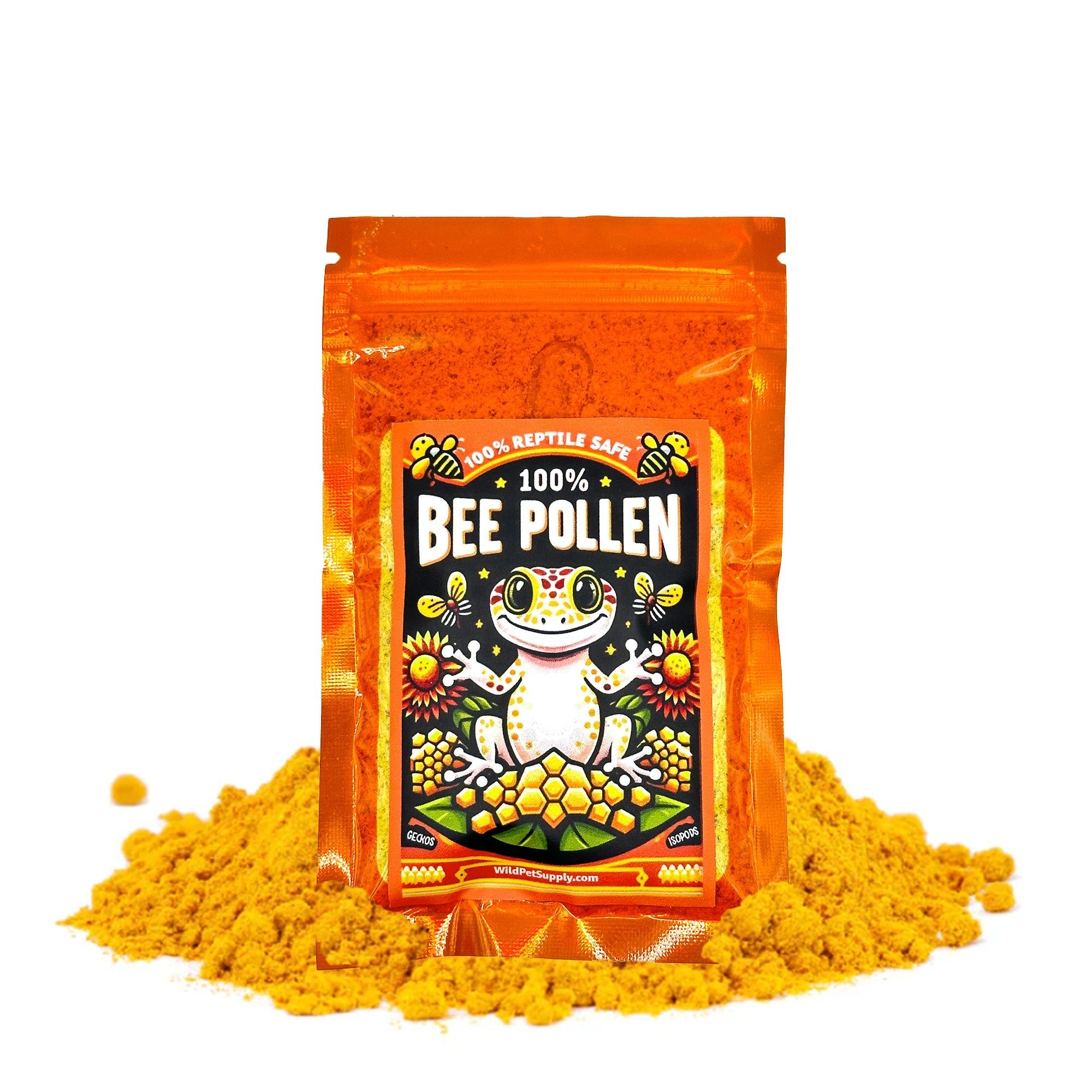
Where to Buy Pet Millipedes (and Why You Should Consider Them)
When it comes to unique pets that are low-maintenance, fascinating to observe, and genuinely useful in a terrarium setting, millipedes are one of the best kept secrets. If you’re wondering where to buy pet millipedes, what species to choose, how to care for them—and why they’re a vital part of a bioactive ecosystem—this guide covers it all.
Table of Contents Why Choose Millipedes
Where to Buy Pet Millipedes
Species Spotlight
Using Millipedes in Bioactive Terrariums
Care Tips
Setup Example
Shipping & Wisconsin Care Notes
Where to Buy Pet Millipedes
Species Spotlight
Using Millipedes in Bioactive Terrariums
Care Tips
Setup Example
Shipping & Wisconsin Care Notes
Why Choose Millipedes as Pets (or for Bioactive Terrariums)?
Millipedes are detritivores—they feed on decaying leaves and wood, helping to recycle nutrients in the soil. This makes them not only interesting to observe but also essential members of a clean-up crew in a bioactive enclosure. Their calm nature and striking appearance make them ideal beginner pets that fit beautifully into both educational and decorative displays.
- They’re docile and easy to keep, making them perfect for first-time invertebrate owners.
- They enhance soil health by breaking down organic waste, improving microbial balance.
- They come in vivid colors—especially bumblebee and scarlet species—which make them a living accent to any terrarium.
Where to Buy Pet Millipedes: Spotlight on Wild Pet Supply
At Wild Pet Supply, we proudly breed and sell bumblebee and scarlet millipedes raised in-house in our terrariums. Our goal is not just to sell unique invertebrates but to help customers succeed with them long-term through detailed care guides and ethical breeding practices.

Bumblebee Millipedes (Pack of 2)
Brightly banded and active, our bumblebee millipedes are hardy and perfect for bioactive tanks. Each pack includes two healthy juveniles raised in our facility.
Shop Bumblebee Millipedes
Scarlet Millipedes (Pack of 2)
Known for their deep red coloration and calm behavior, scarlet millipedes thrive in terrarium environments and make excellent clean-up crew members.
Shop Scarlet MillipedesAll of our millipedes are bred locally in carefully maintained terrariums using natural soil blends, leaf litter, decaying hardwood, and calcium supplements to ensure strong exoskeletons and long lifespans. We only ship when weather conditions are safe and include heat packs during winter.
Species Spotlight
Bumblebee Millipede (Anadenobolus monilicornis)
- Size: 7–10 cm adult length
- Temperature: 72–82 °F (22–28 °C)
- Humidity: 70–80%
- Substrate: deep mix of decayed hardwood, leaf litter, and moss
- Temperament: docile; may release a mild defensive secretion—handle gently
Scarlet Millipede (Trigoniulus corallinus)
- Size: 1–2 inches adult length
- Color: bright rust-red, highly visible in vivariums
- Care: similar to bumblebee species; thrives in moist, bioactive soil
- Behavior: active burrower, non-aggressive, suitable for community setups
Using Millipedes as Clean-Up Crew in Bioactive Terrariums
In a bioactive setup—where plants, isopods, springtails, and millipedes coexist—the millipedes play the role of decomposers. They consume decaying matter, aerate soil, and prevent harmful buildup of waste. This constant recycling supports plant roots and stabilizes humidity levels.
We regularly combine our millipedes with springtails and dwarf isopods in mixed terrariums at Wild Pet Supply. The result is a balanced micro-ecosystem that stays cleaner and healthier with less manual maintenance.
Care Tips for Pet Millipedes
- Enclosure: at least twice the body length of your largest millipede; deeper substrate promotes burrowing.
- Substrate mix: organic topsoil + leaf litter + decayed wood + calcium-rich additives.
- Humidity: 70–80%—mist regularly but avoid standing water.
- Temperature: keep between 72–82 °F; avoid direct sunlight.
- Food: leaf litter, cucumber, squash, and occasional protein sources (fish flakes or shrimp pellets).
- Calcium: essential for exoskeleton health—crushed cuttlebone or calcium powder works well.
We personally feed our breeding colonies a mix of decaying oak leaves, squash slices, and a sprinkle of calcium powder weekly. Any uneaten produce is removed within 24 hours to prevent mold.
Example Setup Guide
- Use a 2-5 gallon terrarium for 2–4 millipedes.
- Layer substrate 3–5 inches deep with decayed hardwood and leaf litter.
- Add cork bark and moss for hides and humidity.
- Mist substrate until damp (not wet).
- Maintain temperature around 75 °F.
- Introduce your new millipedes and let them burrow undisturbed for 24 hours.
Why This Works for Wisconsin & Shipping Care
Since we breed and ship directly from Wisconsin, we’re experienced in safely sending live millipedes through all seasons. During winter, heat packs are automatically included for orders under 50 °F transit temperatures. Upon arrival, unbox them promptly and allow the terrarium to reach room temperature before release.
Conclusion
Millipedes are more than just an unusual pet—they’re living recyclers that keep your terrarium vibrant and balanced. Whether you choose the vivid Bumblebee Millipede or the elegant Scarlet Millipede, you’re gaining both a fascinating pet and a vital ecosystem partner. Shop responsibly bred millipedes from Wild Pet Supply and start your own thriving mini-jungle today.
- Choosing a selection results in a full page refresh.








